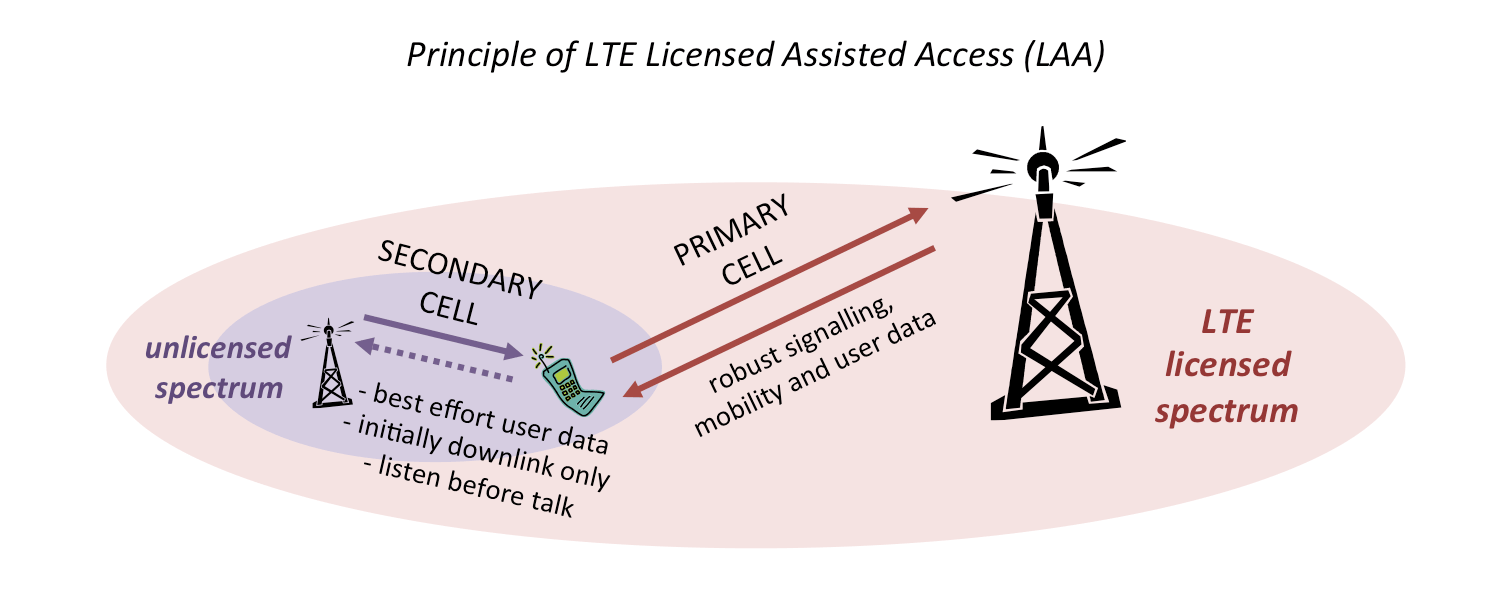
Increasing capacity of mobile phone network.

image ©unwiredinsight.com
When a mobile operator plans the network cell, covered by a single antenna, is designed to cover the specific area taking into account the number of users and their data demands in the cell. But the deamands within a cell may chnage due to
- increase number of subscribers within the area, either permanantly or on an irregular basis
- increase in the data deamand of the users within an area. Currently the data demands of the mobile network in the UK is increasing by 7% per annum
The Mobile Network Operator only has 3 ways to increae the capacity of a cell
- Increase the spectral efficiency. Over the years a lot has been done to achieve this with various protocols included that increase capacity. It is argued that we are reaching maximum spectral efficiency and apart from updating cells to the most effiecient protocols few gains can be made here
- Purchase more frequency from the government. Again there is a limit here as there is limited available frequency. Additionally the MNO can re-assign frequencies between 2g/3g/4g to put capacity where the demand is. If the 2g network were to be switched off that would release some frequency but at the cost of lack of coverage in some situations / areas. Frequency is not all of the same value so ensureing the low frequencies 800/900MHz are used in wide area cells and 2.1/2.6GHz are used in smaller busy cells also helps.
- Reduce the size of cells means more capacity but more interference and more handovers but is the basis of provided the extra caacity needed. The main techniques are Cell Sectorisation and with Cell Splitting and Small Cells.
© mobilephonetechnology.co.uk all rights reserved 2017-2025



